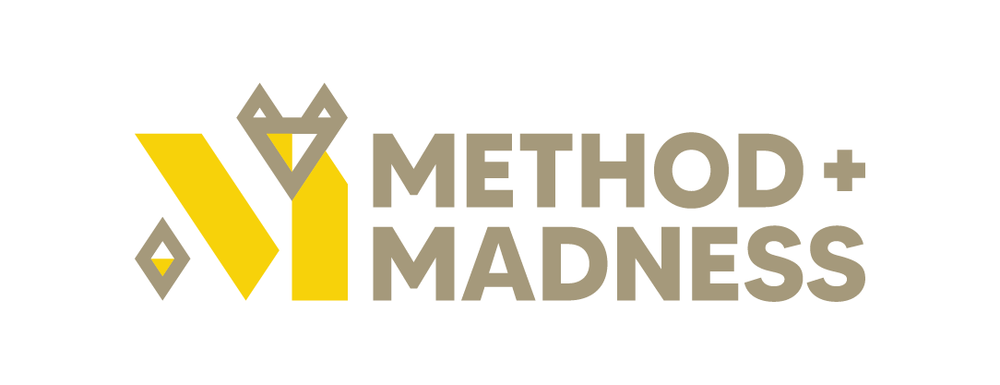Inks
Here are some details about the types of inks we use and what can and cannot be done with those inks. There are also requirements for specifying how you select colors.
KIND OF INKS USED
We use both Rubber Based and Oil Based letterpress inks. These inks are transparent with the exception of Black and Metallic colors. We're able to produce any of the colors found in the Pantone Formula Guide of Solid Uncoated colors.
CAN YOU PRINT METALLIC COLORS?
Yes, we can print metallic inks. Please note that metallic inks do not have the same reflective quality as foils.
CAN YOU COLOR MATCH?
If you don't have access to a Pantone Formula Guide of Solid Uncoated colors you are welcome to send us a paper, swatch, or fabric sample of the color you want us to match. We'll do our best to match it as closely as possible.
CAN YOU PRINT CMYK OR FULL COLOR PHOTOGRAPHS AND DESIGNS?
With letterpress printing we mainly use spot colors specified in the Pantone Formula Guide of Solid Uncoated colors. It's possible to produce full color images, however letterpress printing plates can't handle the same level of detail that offset or digital printing can so the resulting image will look more like an old newspaper print versus a sharp photograph. We do not print text using 4-color (CMYK) process, only spot colors.
CAN WE SEND YOU A PANTONE COATED SWATCH COLOR?
We only print on uncoated papers so your coated swatch color will not match. The same is true if you were sending us an RGB or CMYK color, they will not match accurately either. We require colors from the Pantone Formula Guide of Solid Uncoated colors.
TINTS AND GRADIENTS
We do not print tints of colors. For example, we cannot print 50% Black to produce a Gray color, instead we'll need to mix a Gray ink. This also means that various tints of Black are considered separate ink colors, not 1 color. Gradients can be tricky with letterpress since the printing plates cannot hold the same level of detail as offset. Please contact us if you plan to use a gradient in your design.
NO COLOR/INK PRINTING OR BLIND IMPRESSION
A blind impression is printing using the plate without ink. We can print any aspect of the design with no ink, however we recommend using patterns, logos or larger type. Small type will not be legible without the ink. A blind impressions is less expensive than printing with ink, but it does require a separate printing plate and press run.
PRINTING COLORED INKS ON COLORED PAPER
The inks we print with are mainly transparent (except Black and Metallic Inks). So while we can print using various colors of ink on colored paper keep in mind that the printed ink will pick up the color of the paper below. For example, printing with a blue ink on a yellow paper will produce a greenish printed design or text. If you plan to use colored inks on colored paper please understand your final printed color will look a bit differently than on your computer screen. You can simulate the final look by using Overprint Preview in Adobe Illustrator and setting your page color to match the paper color.
OVERPRINT COLORS
Since letterpress inks are transparent you can overlay sections of your design to produce a new color. For example, using yellow ink on top of blue ink will produce a greenish hue wherever the two inks overlap. Please indicate in your file or quote request that you'd like to overprint sections of your design.
WHITE INK ON BLACK PAPER
Since letterpress inks are generally transparent, opaque white ink will not appear as a bright, opaque white on black paper. Instead the result is more of a grayish, milky white versus a bright white. This can be a cool look if you are aware of the results. To achieve a bright, opaque white, printing processes such as foil stamping, digital printing or screen printing are much better than letterpress.
NUMBER OF COLORS RECOMMENDED
We can print as many colors as you'd like, however in most designers choose to print using 1-3 colors per job. Each color requires a separate press run and printing plate so it adds significant cost the more colors you use. Personally we feel letterpress is most beautiful when kept simple and with fewer colors to accentuate the textural impression.

